Picture hockey in the United States like its own universe.
There are some large, gaseous planets with many moons, such as Boston and the Twin Cities. There are smaller planets, with the buoyancy of new life, such as Chicago or Washington. There are dimming, dying stars, and there are new ones that glow with the intensity of ... well, the Las Vegas Strip.
It's been a long-standing theory that Toronto -- for better or worse -- is the center (centre) of the Canadian hockey universe. What's the American equivalent?
"In the whole United States? Wow," pondered Seth Jones of the Columbus Blue Jackets, the 25-year-old Texas native who has played on the U.S. men's national team three times. "Minnesota's always a big hockey location. Detroit. Probably one of those two."
The U.S. hockey universe is constantly expanding. In 1990, there were 195,125 players who were part of USA Hockey. After a record-setting 2018-19 season, that number reached 567,908 -- an increase of more than 190%. The growth includes men but is especially thanks to women: In 2018-19, the number of women and girls players cracked 80,000 nationally for the first time, according to USA Hockey.
Jones has marveled at that growth.
"It's come a long way from when I was 10 years old. I grew up playing hockey in Colorado, so it was a little bit more developed than when I moved to Dallas," he said. "They were probably 10 years ahead of Dallas. But now I go and there are so many rinks in Dallas. The organizations are doing such a great job developing kids and giving them a chance to be on the ice constantly. There are tournaments every other weekend for them."
There are factors that have helped that growth. Representation, for example. Players like Jones, Auston Matthews (Arizona) and Jack Hughes (Florida) have shown there are paths from non-traditional hockey markets to reaching the NHL.
"When kids can say, 'Hey, that guy made it from this area,' it really encourages kids to say, 'I can make it from here if they did,'" Vegas forward Max Pacioretty said.
Then there's the trickle-down effect from the NHL to the local levels. "Every American market that wins the Stanley Cup gets a bump. St. Louis is up 30% in eight-and-under players after the Blues won the Cup," said Pat Kelleher, executive director of USA Hockey.
Of course, the opposite can happen for those who don't win ...
There are hockey hotbeds, markets that are slightly cooler and regions that generate the most gravity in the U.S. hockey universe. This is a tiered look at some of them.
Note: The numbers provided here were collected from USA Hockey and the NHL, unless otherwise specified. Keep in mind that for older youth players, those who compete in high school hockey are not counted toward the local totals.
Hotbeds heating up
5. Seattle
What, already? The Seattle (maybe Kraken?) don't arrive in the NHL until the 2021-22 season, but the market is already showing growth. There's the long-standing major junior Seattle Thunderbirds in the market. In 2018-19, its 2,802 youth players ranked the market ahead of at least four current NHL markets. But it's the landscape that has many anticipating a hockey boom. There are 16 sheets of ice in the area now, but more on are on the way as Seattle builds up the hockey groundwork following the NHL's arrival. That includes a 180,000-square foot, $70 million practice facility that will include three sheets of ice.
"Seattle's just going to blow up," Kelleher said. "There's already a lot of infrastructure there as far as rinks. But the new Seattle team is building even more. I think there are at least seven sheets of ice under construction in the Seattle market right now."
4. Nashville
The story starts with the Predators, who are averaging 17,416 fans per game and have seen that attendance increase over a three-season span. Their success on the ice and at the gate has led to an increase of 36.6% in total participation from 2014-19. There are some points of concern: While players ages 15-18 increased for six straight years, the 8-and-under player pool declined in 2018-19. But with the highly anticipated (and highly over budget) Ford Ice Center having finally opened in October 2019, expect all of these numbers to take a jump.
"Nashville is growing because it's adding more facilities," Kelleher said. "That's it. It's about access."
3. Washington
This is more along the lines of "remaining hot" rather than heating up, because the D.C. area has seen a boom in hockey participation for the last decade. The Capitals are arguably the region's most popular professional franchise, averaging more than 18,500 fans per game. Ever since the team opened MedStar Capitals Iceplex in 2006, giving the region some much-needed local ice, there's been a surge in community participation. From 2014 to '19, the Capitals saw an 18.5% increase in local participation, to 22,144. Boys and girls youth hockey has grown steadily over that span, and adult participation increased by 8.7% in 2018-19.
A true success story for how excitement on the NHL level, and investment in the local levels, can transform a hockey market.
2. Anaheim
The Anaheim Ducks' $108 million, 280,000-square foot practice facility that opened in Irvine, California, in January 2019 is going to strap a rocket to the back of a market that has already shown solid growth. From 2014-19, total participation grew by 27.4%. From 2016-19 alone, youth hockey participation was up 18%. It's a hockey-soaked area, with the Los Angeles Kings and their AHL affiliate the Ontario Reign within a reasonable distance.
This market would have ranked higher were it not for the downward attendance trend for the Ducks (down 5% over three seasons) and the lack of any Division I programs nearby. But on a local level, it's a market on the rise.
1. Las Vegas
Vegas Golden Knights winger Pacioretty sees it whenever he takes his children to play hockey. The boom for Vegas isn't just in the stands at home games -- where the Knights are averaging 18,290 fans per game, playing to a 105.3% capacity -- but at the local participatory level, too. "It's just picked up huge," said Pacioretty. "I see a lot of good kids that are coming up when I go to the rink with my kids."
In the past five years, total participation is up 86.4% in Vegas. From 2016-19, youth hockey participation increased by 60%, and the 8-and-under participation grew by 125% from 2017-19. While the overall numbers remain small in comparison to other NHL markets -- there were 2,255 total players, coaches and officials in 2018-19 -- there's no denying the growth in one of the league's most non-traditional markets. The Golden Knights gave the city a state-of-the-art practice facility in Summerlin back in 2017; two more sheets are on the way at Lifeguard Arena in Henderson, Nevada, a Golden Knights-funded facility that'll open this summer for its new AHL team.
"Vegas is one of these hotbeds that's going to happen," said Pacioretty. One can argue it already is happening.
Hotbeds cooling down
5. Boston
Few NHL teams can rival the local popularity of the Bruins, whose attendance has risen over the past three seasons. With the Red Sox trading away franchise players and Tom Brady staring at the sunset of this career, that might only increase. That said, local participation levels are decreasing. Total participation was down 2.8% from 2014-19, and boys' youth hockey alone was down 1.5% in 2018-19. (Girls hockey, however, was up 4.6%).
As we'll cover in a bit, the margins in the Boston area can easily withstand this kind of "decline," but the numbers are what they are.
4. Philadelphia
Despite the presence of Gritty and a room where fans can smash a television with a hockey stick, the Flyers' average attendance has declined 7.3% over three seasons. The city's local participation numbers are down as well over a three-year span (minus-183 participants), making Philadelphia one of only five NHL markets to see a decline. A good portion of that decline is in the region's youth hockey, as the 8-and-under players declined by 5.0% and the 9-14 players declined by 2.4%.
None of the state's Division I college programs are nearby, and the closest minor league team is the Flyers' AHL affiliate in Allentown, Pennsylvania, about 60 miles away.
3. Chicago
The Chicago market's turnaround is one of the biggest hockey stories of the past 20 years. In 2006-07, the Blackhawks were filling their arena to a 62% capacity. Today, they're still averaging more than 21,000 fans per game even though they've missed the playoffs for two straight seasons and haven't been out of the first round since 2015.
But we're starting to see some erosion on the local levels. Total participation was down 2.6% from 2016-19, including a whopping 11.6% decline in adult male players from 2017-19. (Women players were up 3.8%). Meanwhile, 8-and-under participation in 2018-19 was down 19.8%.
2. Detroit
Much of it is due to the economics of the region, and the fact that hockey remains an expensive sport to play. A lot of it can be attributed to the worst seven-year span for the Detroit Red Wings since the early 1980s -- they'll miss the playoffs for the fourth season in a row, and potentially do so with the fewest points in the standings in the salary cap era. Red Wings attendance is down 3.5% since 2017.
The market has suffered a 4.2% decline in total community participation from 2014-19, and that has escalated to a 4.5% decline from 2016-19. The 9-14 age group shrank by 4.3% in 2018-19.
1. Buffalo
Detroit had a steeper decline, but it also had a higher starting point locally than Buffalo. From 2014 to '19, Buffalo saw its total participation numbers drop to 15,064, a decline of 3.3%. Boys' youth hockey totals declined four out of five years in that span, although girls' youth hockey was up 4.5% in 2018-19. The 9-14 age range saw a decline of 6.7% in 2018-19. Adult players saw a decline in four of five years, dropping 2.9% in 2018-19 alone.
Buffalo isn't lacking for facilities, with about 29 available sheets of ice. It also has Canisius and Niagara's Division I teams. But it's on the NHL level where the market is hurting, with nearly a 5% decline in attendance from 2017-18 to 2019-20, and increasing fan apathy over what is likely to be a ninth straight season outside the playoffs.
Centers of the U.S. hockey universe
5. Chicago
In the great Chicago vs. Detroit hockey debate, the Windy City has some advantages over its Michigan neighbor.
Local participation numbers are at 29,580 for 2018-19, representing a 1.2% increase over a five-year span. But the declines in youth hockey (4.9%) and adult hockey (10.2%, all of it among men's league players) in 2018-19, leading to a 5.4% decline in total participation, is dispiriting. That said, there are 85 sheets of ice in the USA Hockey-defined Chicago market. High school hockey is thriving, with the United Center hosting the state finals on an annual basis.
The Blackhawks continue to average 21,415 per home game, despite a lack of success on the ice. The market also has the AHL Chicago Wolves and the USHL Chicago Steel.
While the area lacks Division I programs, there are 118 men's and women's players from Illinois playing Division I hockey this season. That's a lot of kids who grew up during Generation Kane and Toews.
"Chicago's done a really good job, especially on the youth hockey front," Kelleher said.
4. New York City
Admittedly, this choice is a complicated one. There are three NHL teams that claim their own territories in the New York area, with the Rangers in Manhattan, the Islanders on Long Island and the Devils just a tunnel's drive away in Newark, New Jersey. USA Hockey declares a "market" to have a 50-mile radius from where the team plays, which means the Rangers gobble up participatory numbers from both of their rivals' areas and dip into Connecticut, too. Taken as that whole, a total participation number of 40,317 doesn't seem like much when viewed as a percentage of the metropolitan area's total population. And when a good chunk of those numbers come from Northern New Jersey -- which, while Rangers territory, doesn't love being treated as a New York City suburb -- the market's a tough one to define.
That said ... 40,317 people participating in youth and adult hockey is nothing to sneeze at, especially when you get into the trends. From 2014-19, total participation has grown by 13.8%, with youth hockey for boys and girls growing at a 15% clip during that time. It was up 5.1% alone in 2018-19, thanks to an 8.5% increase for girls' hockey players and a 12.1% increase for 8-and-under players overall.
In a 50-mile radius from Madison Square Garden, there are no less than 95 sheets of available ice. That includes 42 sheets in northern and central New Jersey, where 17,642 of the New York City total resides.
While it lacks Division I college programs -- West Point is the lone men's program, Long Island University the lone women's one -- there are scores of public and private high school programs in this region. Plus, it has something no other area can boast: Four professional teams in the Rangers, Islanders, Devils and the Metropolitan Riveters of the National Women's Hockey League.
3. Detroit
Even as the NHL team struggles in the market, there's no denying the deep-seeded passion for the sport in his hockey hotbed. Total participation numbers for the sport are 23,237, placing it sixth among NHL markets. But keep in mind the youth hockey numbers might not account for the thriving high school hockey scene in the metro area, which includes powerhouses like Detroit Country Day and Detroit Catholic Central.
It's impossible to divorce the passion in the Detroit market from the hockey culture in the entirety of Michigan, especially when the University of Michigan and Michigan State put on an annual display at the "Duel in the D." There are seven men's Division I programs in the state. Michigan also has the third-most men's and women's current Division I NCAA players combined (190). Plus, USA Hockey Arena in Plymouth is less than 30 miles away, and there are 63 sheets of ice in the market.
It's going to take the Red Wings a few playoff years to restore the luster to "Hockeytown, USA." But in many ways, Detroit can still put a claim on the moniker.
"Detroit has always been really, really strong. Their numbers are good. But they've had some statewide economic numbers that have been an influence," Kelleher said.
2. Boston
We're talking Boston specifically here, but we all know we're essentially talking about the majority of Massachusetts. The Boston region defined by USA Hockey has 178 sheets of ice and had 55,981 total community participants as of 2018-19. A region that has eight Division 1 men's programs -- Bentley, Boston College, Boston University, Harvard, Holy Cross, Merrimack, Northeastern, UMass-Lowell -- within that market, with six of them having Division I women's teams. A state that's produced 205 current Division I men's and women's players. A city where the high school and college hockey championship games have more hype locally than what many NHL teams receive in their own markets.
While there has been some erosion at the youth level, the 2018-19 season saw an increase of 2.9% among 8-and-under players, and a whopping 7.6% increase for adult players, including a 4.0% increase for women's players after two years of decline.
The hockey community in Boston was always thriving, but the trickle down from the big club in town certainly helps. It's still incredible to think about where the Bruins were 15 years ago, struggling to sell out home games, and where they are today, which is one of the NHL's most popular teams by any metric.
Boston is a hockey hotbed. But it's not the center of the hockey universe in the U.S.
1. Minneapolis-St. Paul
A.J. Mleczko Griswold was born in Nantucket, played at Harvard and proudly flaunts her Massachusetts hockey creds as a U.S. national team gold medalist and NBC broadcaster. But she had a concession to make.
"This is a tough question, because I'm from Massachusetts, but I might have to give it to the State of Hockey," she told ESPN. "On our '98 team, we had five players from Massachusetts and only three from Minnesota. Look at the roster from 2018."
The gold medal winners from the PyeongChang Games had seven Minnesotan players and three from Massachusetts. Five of them were from the Minneapolis-St. Paul area.
Is this the center of the U.S. hockey universe?
"That's a loaded question for me, because I'm a native Bostonian, so this is going to get me in trouble. But it's hard not to say Minnesota," said Kelleher, echoing Mleczko Griswold. "You have the Wild. You have all the college programs, men's and women's. You have girls high school hockey that's just huge there. It's tremendous."
From 2014-19, Minneapolis saw a 4.5% increase in community participation, to 53,989 total participants. That included a 9.6% increase in girls' hockey players during that span, up to 9,227 in 2018-19. There were 36,620 youth hockey players (ages 4-18) accounted for by USA Hockey in 2018-19, but that didn't include the massive number of boys and girls playing public and private high school hockey in the market -- statewide, an estimated 6,500 players play on prep teams. (And, as we've seen, many of them have resplendent hair.) According to USA Hockey's count, there are 163 sheets of ice in the Minneapolis area.
"The community-based model for youth hockey just does so much. When I grew up in the Boston area, it was more community based. We still have some great community-based programs that do it, but it's a little different," Kelleher said. "In Minnesota, it's community based. It builds towards high school hockey. They all go to the same school together. Their parents all shop for groceries at the same place. They all play from ages 5 to 7 up through high school, and that's the most unique place in the country for that. They have a rink in every community. It's different than that in different parts of the country."
The Wild have infamously taken a step back in popularity in the last several years, including the end of a years-long sellout streak. From last season to this season, the Wild have seen an 8.0% decrease at the gate. They aren't the only show in town, of course: The Minnesota Whitecaps of the NHWL are the other pro team in the market, and the University of Minnesota's men's and women's programs are among the most popular in the nation.
While there are other contenders for the throne, it's hard to argue against the Twin Cities as the center of the hockey universe.
"Minnesota is the heartbeat," said Kelleher.
But can we get even more specific?
Is there a center of the center of the hockey universe?
Consider this: USA Hockey says that the Twin Cities market pulled 10,922 of its total participants in 2018-19 from a region that includes Bloomington (estimated population 85,934), Eden Prairie (64,952) and a little, rather wealthy place ($99,295 median household income, per the U.S. Census Bureau) called Edina (54,791).
No one has captured more Minnesota Tier 1 boys' state hockey championships than Edina, with 13. They also lost three times in the title game, and finished third three times. Edina has also won the Class AA girls' hockey title for three straight seasons. Among the notable Edina High School alumni: Anders Lee and Kieffer Bellows of the New York Islanders; former Montreal Canadiens player Bill Nyrop; former NHL player Paul Ranheim; and former NHL executive Brian Burke.
"In the Twin Cities, it might be Edina," said Tom Chorske, a Minneapolis-born former NHL player who's now an analyst for Fox Sports North. "They win a lot at youth level and produce a lot of college players. A lot of Wild players live in Edina and their little kids are playing there."
So there you have it: Edina, Minnesota. The center of the center of the hockey universe in the United States.



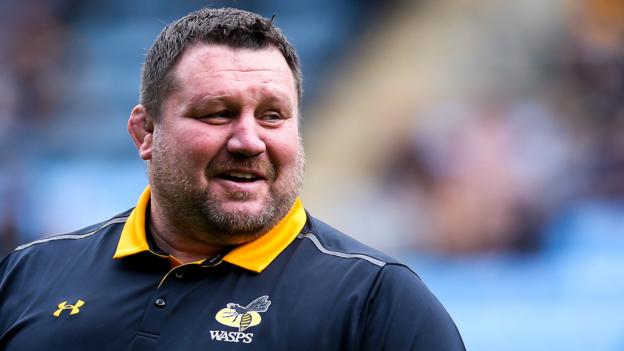
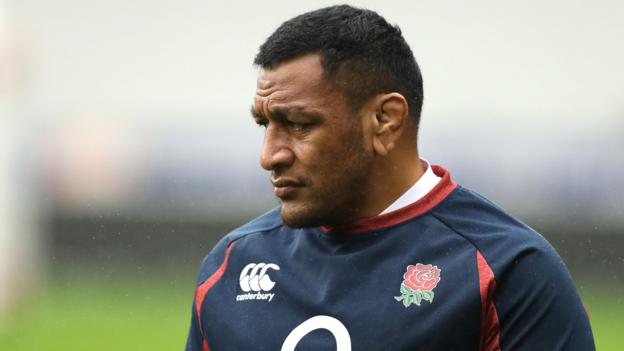



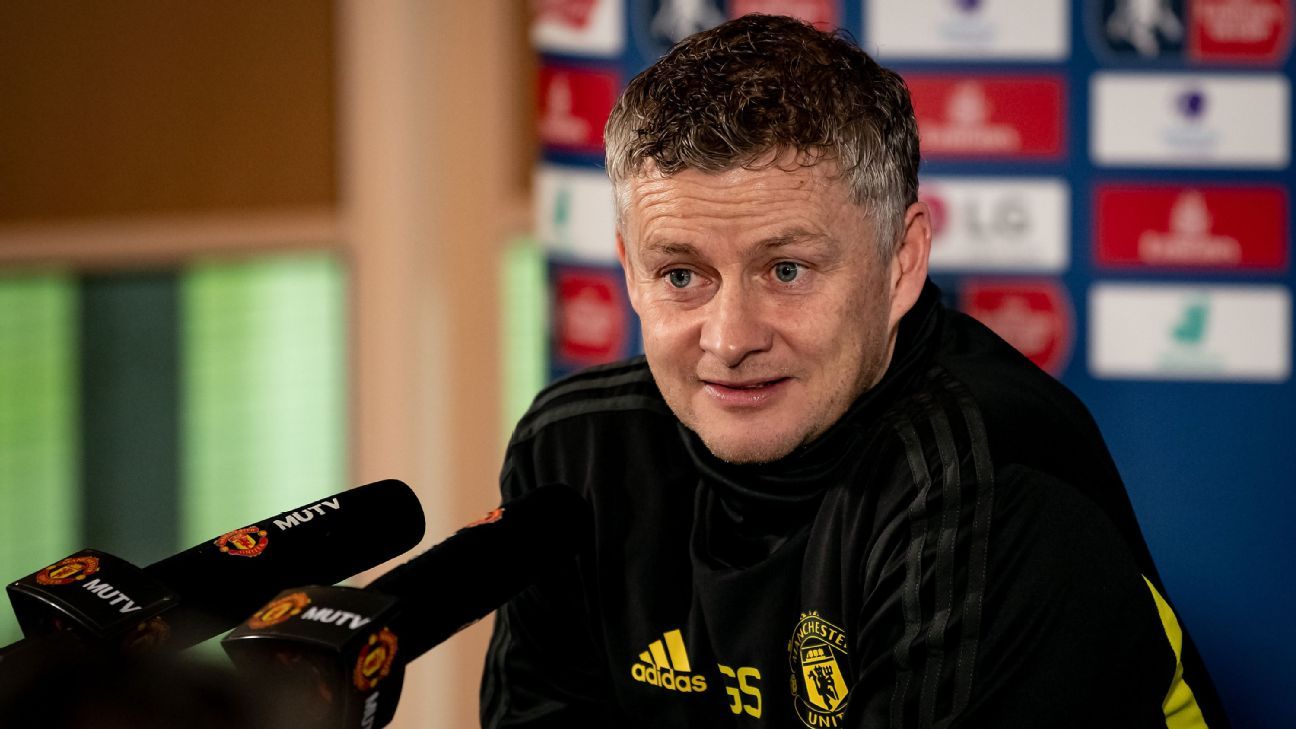
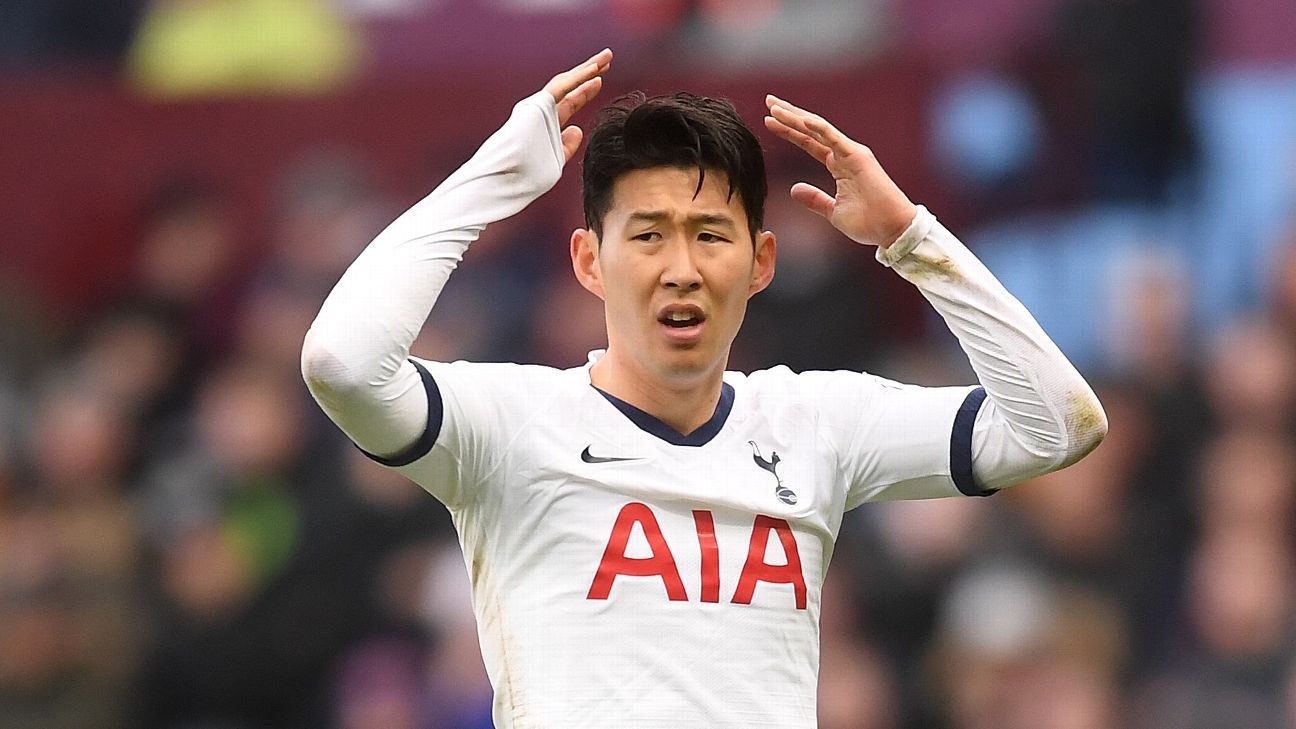

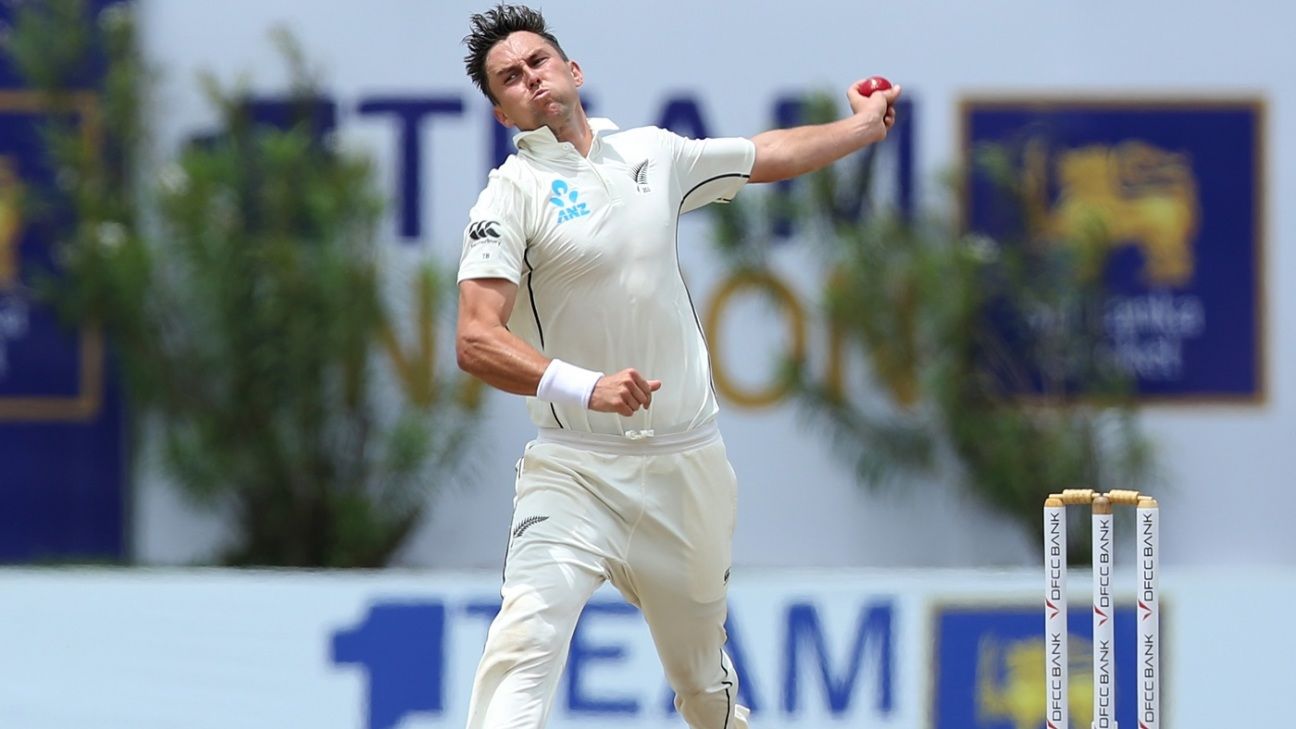









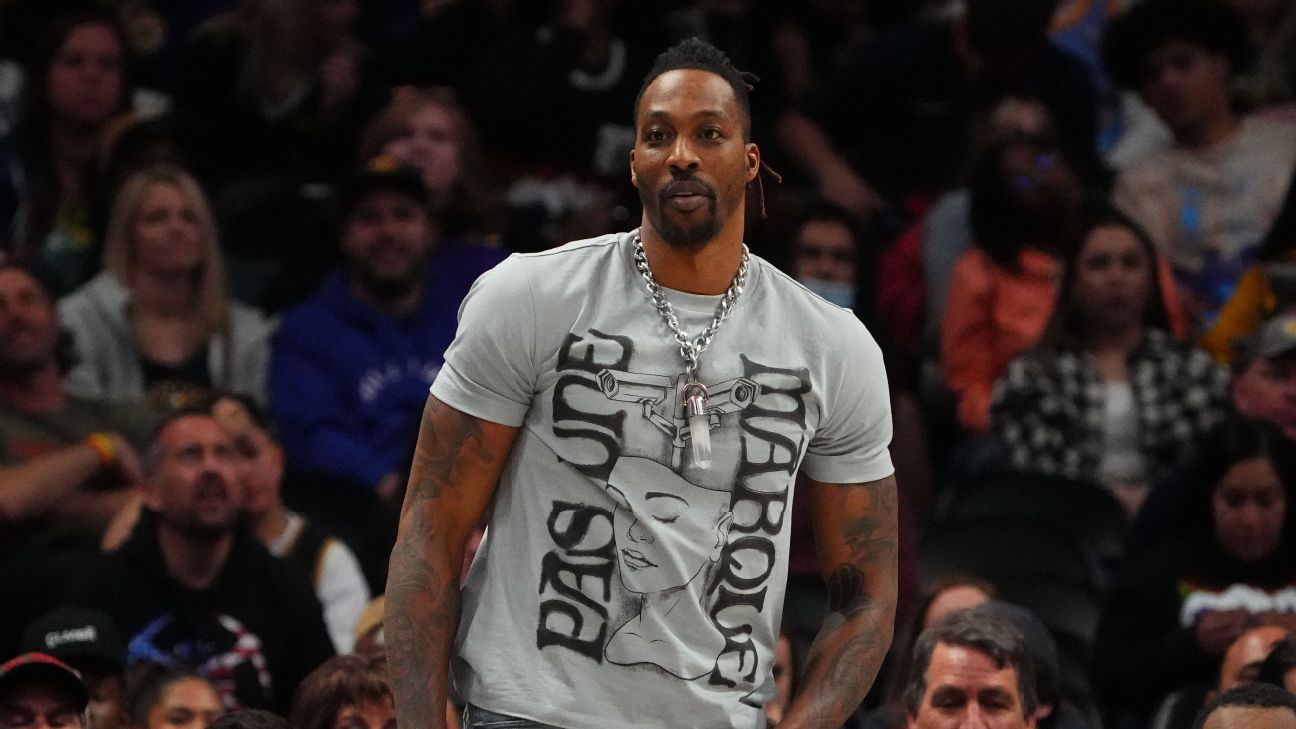

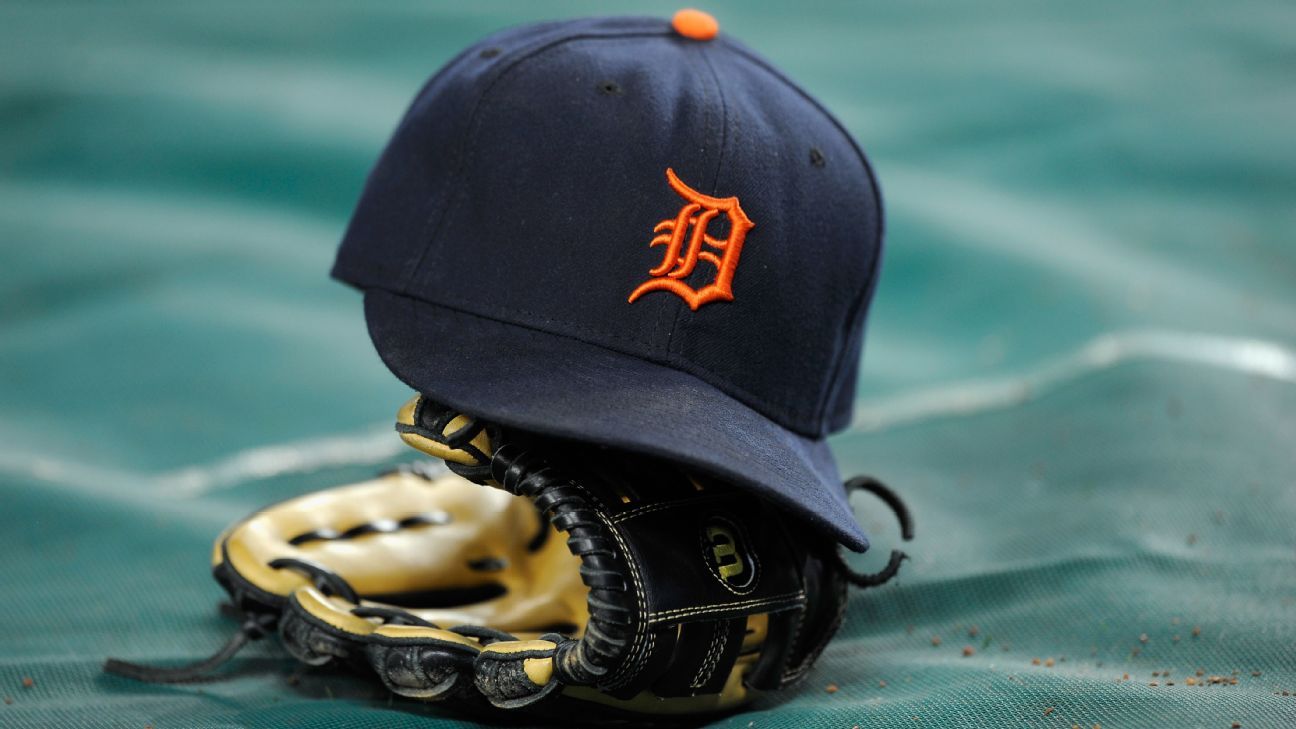

 Phone: (800) 737. 6040
Phone: (800) 737. 6040 Fax: (800) 825 5558
Fax: (800) 825 5558 Website:
Website:  Email:
Email: 






